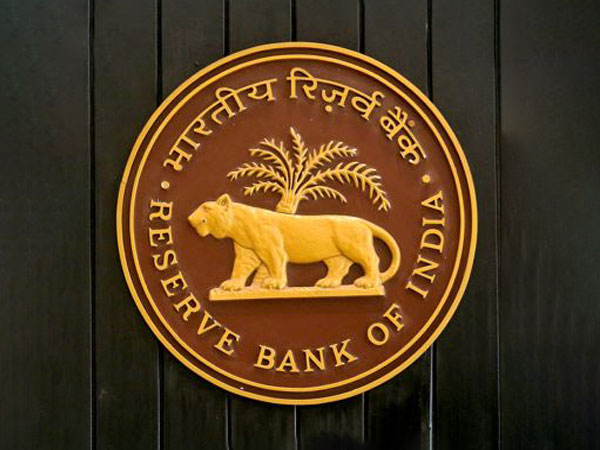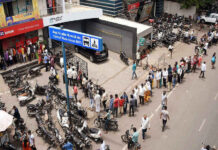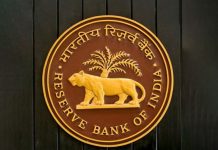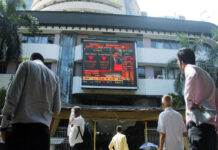New Delhi [India] : This year, the Reserve Bank of India (RBI) slashed policy rates by 100 basis points and cut CRR by 100 basis points, thereby injecting significant liquidity into the financial system.
However, a report by Nuvama raises concerns about demand and consumption to say ‘who will multiply the liquidity into money’.
The report raises the question of whether these measures will be sufficient to revive demand and economic momentum. Historically, rate cuts have been most effective when coupled with fiscal expansion or export rebounds.
According to the report, the current scenario presents challenges on both fronts. With tax revenue growth slipping below national GDP growth, the government remains debt-averse and focused on fiscal consolidation.
While corporate India, which is generating high free cash flows, is constrained by demand rather than liquidity, opting to curb costs and slow capital expenditure.
This leaves households as the primary potential drivers of the money multiplier, but weaker income dynamics and existing indebtedness limit their capacity to significantly boost demand.
The report says, the effectiveness of India’s monetary easing faces structural constraints. Unlike previous easing cycles, such as those in 2002 and 2008, which were accompanied by robust fiscal expansion and export rebounds, today’s policy support is less comprehensive. Fiscal policy remains neutral, and global trade prospects are subdued, limiting the potential for a rapid, V-shaped recovery.
The report notes that the last two readings of GST have surprised positively, but it needs to be seen if it sustains, with over Rs2 lakh crore collection in April and May 2025, but a major part of it is coming from tax on imports.
On the global front, the US is experiencing a unique emerging market style “EM-style” decoupling of its currency and interest rates. The US Dollar has depreciated while Treasury yields have risen, undermining its safe-haven appeal and prompting foreign investors to sell US-denominated assets.
And this dynamic has, to some extent, unfettered emerging markets, including India, allowing them to cut rates despite high US yields. However, this decoupling is seen as self-limiting, with the US trade deficit expected to narrow with new tariffs, which could impact global trade growth and limit the downside to the US dollar.
Therefore, the RBI has front-loaded its rate cuts; the current policy rate is higher than the previous credit cycle bottoms. Given gentle inflation and a stable current account deficit, analysts suggest the RBI may need to do more to stimulate a meaningful economic recovery. (ANI)

















